The Cold War between the United States and the Soviet Union was fought on various fronts, including land wars in Vietnam, Afghanistan, and Korea, as well as the intense Space Race rivalry. But one of the lesser known battles of the Cold War was the race to the center of the Earth.
Here’s what you need to know about the Kola Superdeep Borehole, the Soviet’s ambitious project to drill the deepest hole in the world… and why they abandoned it.
The Cold War Race To Drill The Deepest Hole On Earth
In 1957, a group of American scientists embarked on a historic mission to explore the complex depths of the Earth’s surface. Dubbed Project Mohole, the team had the ambitious objective of drilling deep enough to reach the Mohorovičić Discontinuity. This critical boundary separates the planet’s solid crust from the molten mantle.
For their drilling site, the Americans chose the shallow crust under the Pacific Ocean near Mexico. In total, five separate holes were drilled by the team. The deepest hole was 183 m (601 feet) deep. Although not an incredibly deep hole, the drilling took place below the sea floor in 3,600 m (11,700 feet) of water.
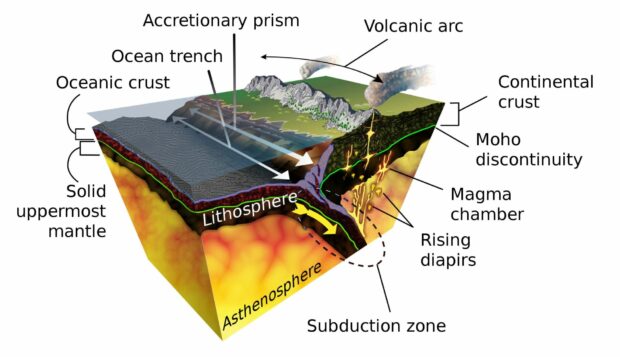
Unfortunately, Project Mohole was abandoned in 1966 due to internal politics and lack of funding. Despite its early termination, the project was a significant scientific achievement. It demonstrated that humanity had the engineering capabilities to drill deep into the Earth’s crust and obtain samples of its many layers.
As the American drilling program started to fall apart, the Soviets saw an opportunity to beat the Americans at their own game. They began working on a plan to drill a “Russian Mohole”, called the Kola Superdeep Borehole. And thus, the Cold War era competition to drill the deepest hole in the world had begun.
The Cold War Race To The Center Of The Earth -- #drilling #geology #engineering #worldrecord #KolaSuperdeepBorehole #DeepestHoleInTheWorld Share on XWhere Is The Kola Superdeep Borehole?
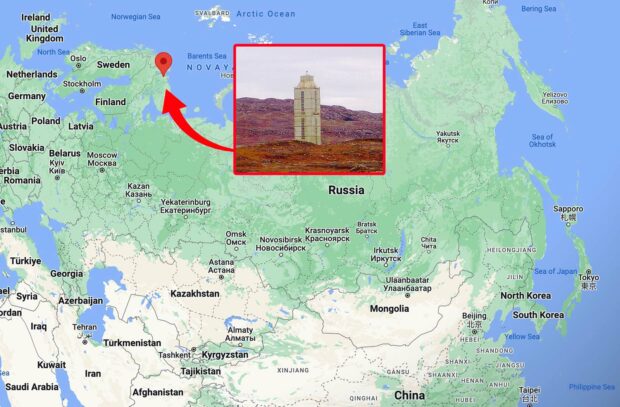
The location the Soviets chose for their drilling operation was an isolated area on the Kola Peninsula, in the Northwest region of Russia. You can use online platforms, like Google Earth, to virtually visit the site located on the Kola Peninsula. It’s near the city of Murmansk. Just navigate to these coordinates: 69.3965°N 30.6100°E.
How Deep Is The Deepest Hole In The World?
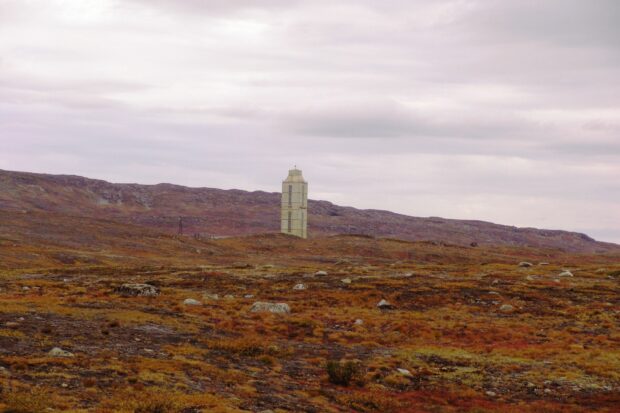
In 1970, the Soviets started the Kola Superdeep Borehole project. By 1989, after almost two decades of drilling, the team had made history and reached a depth of 12,262 meters (7.5 miles). The record-breaking feat is still the deepest hole on Earth and the deepest hole ever dug by humankind.
What Did We Learn From Digging So Deep?
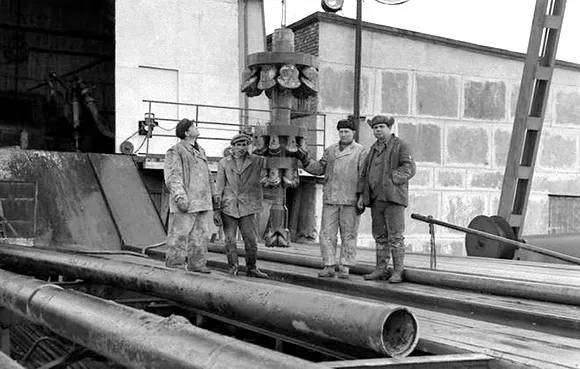
The Kola Superdeep Borehole was a huge achievement for science and helped us to better understand the composition and structure of the Earth. However, the scientific findings from the mission were largely obscured, or even lost. As the Soviet Union began to fall apart, so did any sort of organized reporting from the drill site.
Despite its incomplete reports, the project still yielded a great deal of data about the Earth’s interior and provided a valuable learning experience.
- Deep Water: Scientists found evidence of water deep inside the Earth. The discovery of water at such great depths was a surprise, as previous models had not predicted that water could be found at such depths. This finding may mean there is much more water inside the Earth than once believed.
- Deep Fossils: Early forms of life on Earth existed far below the surface than previously thought. The team at the drill site discovered microscopic plankton fossils as deep as 6 kilometers (3.7 mi) below the surface.
- Hydrogen Mud: Another surprise for the research team was how much hydrogen gas is trapped below the surface of the Earth. During the drilling process, it wasn’t unusual to see drilling mud that was “boiling with hydrogen”.
- Drilling Technology: The Kola Borehole project was also a major technological achievement, and it helped to develop new drilling techniques that are still used today. It remains a great example of the creativity and determination of the Soviet scientists who carried out the project.
Why The Kola Superdeep Borehole Was Sealed Up
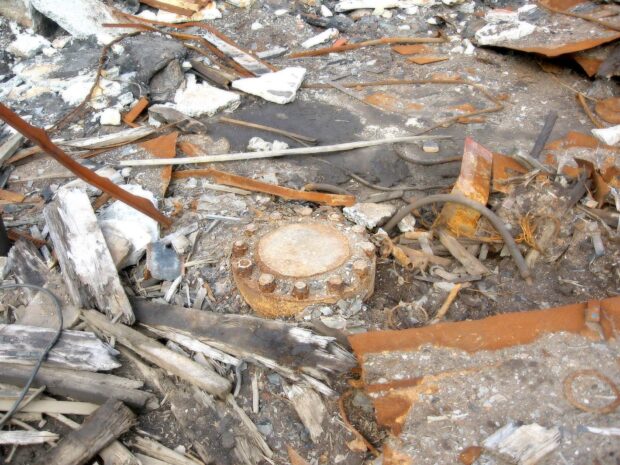
As the Soviet Union began to collapse, funding for Cold War era projects, like the Kola Superdeep Borehole, started to disappear. By the early 1990s, the Kola Superdeep Borehole was largely abandoned for the following 3 reasons.
- Heat: The temperatures at the bottom of the hole were too high for humans to safely work in. The deeper the team drilled, the hotter the area became.
- Instability: Over time, the hole was becoming increasingly unstable, and there was a risk of it collapsing. This created a significant safety issue for the team.
- Expense: The project had become very expensive, and the Soviet government was no longer willing to fund it.
The decision to seal up the Kola Superdeep Borehole was a controversial one. The international science community argued that the hole should be kept open so that it could continue to be studied. Others argued that the hole was a dangerous hazard, and that it was better to seal it up and forget about it.
Major drilling activity at the site stopped in 1992. The scientific team that worked on the Kola Superdeep Borehole project was transferred to the federal state unitary subsidiary enterprise “Kola Superdeep” in 1995. The team was then reduced in size and refocused on study and maintenance, not additional drilling. By 2007, the team was completely dissolved. The equipment from the project was transferred to a private company that sealed the drilling holes and liquidated itself in 2008.
Today, the area is a ghost town. The structures near the drilling site are in ruins. There are no workers or scientists onsite anymore. The only people near the Kola Superdeep Borehole are curious sightseers. It’s only through their updates that we can see the current conditions of the site. Based on their photos, the cap over the borehole has been partially destroyed. Without regular maintenance, it may just be a matter of time until the Kola Borehole opens itself back up.
Why The Soviets Drilled The Deepest Hole In The World, And Then Covered It Up #KolaBorehole #SovietUnion #ProjectMohole Share on XThe Race To The Center Of The Earth
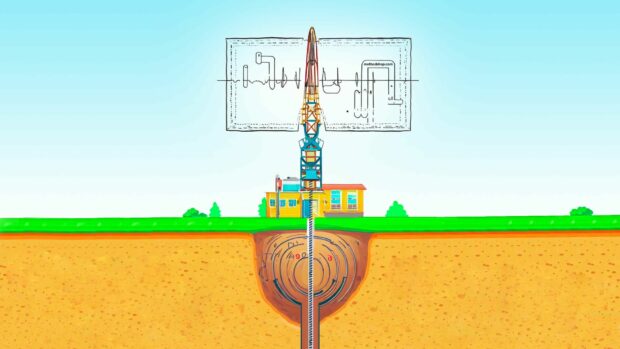
The race to drill the deepest hole in the Earth was a monumental effort. The Soviets drilled for almost 20 years to reach a crust depth of 40,226 feet, a record that’s never been broken. Although it didn’t get the same amount of attention as the Cold War Space Race, it was a major victory for the Soviet Union.
With proper support and funding, I wonder how much deeper the Soviets could have drilled the Kola Borehole.
Did you know that the Kola Superdeep Borehole is the deepest hole in the world? It's over 12,260 meters (40,226 feet) deep! #KolaSuperdeepBorehole #DeepestHoleInTheWorld #Russia #Science Share on X
Frank Wilson is a retired teacher with over 30 years of combined experience in the education, small business technology, and real estate business. He now blogs as a hobby and spends most days tinkering with old computers. Wilson is passionate about tech, enjoys fishing, and loves drinking beer.















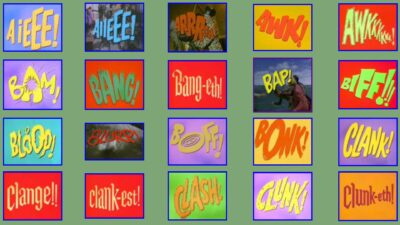









 The Ultimate List Of Matrix Trivia Facts: Everything You Ever Wanted To Know About The Matrix Movie Franchise
The Ultimate List Of Matrix Trivia Facts: Everything You Ever Wanted To Know About The Matrix Movie Franchise
Leave a Reply